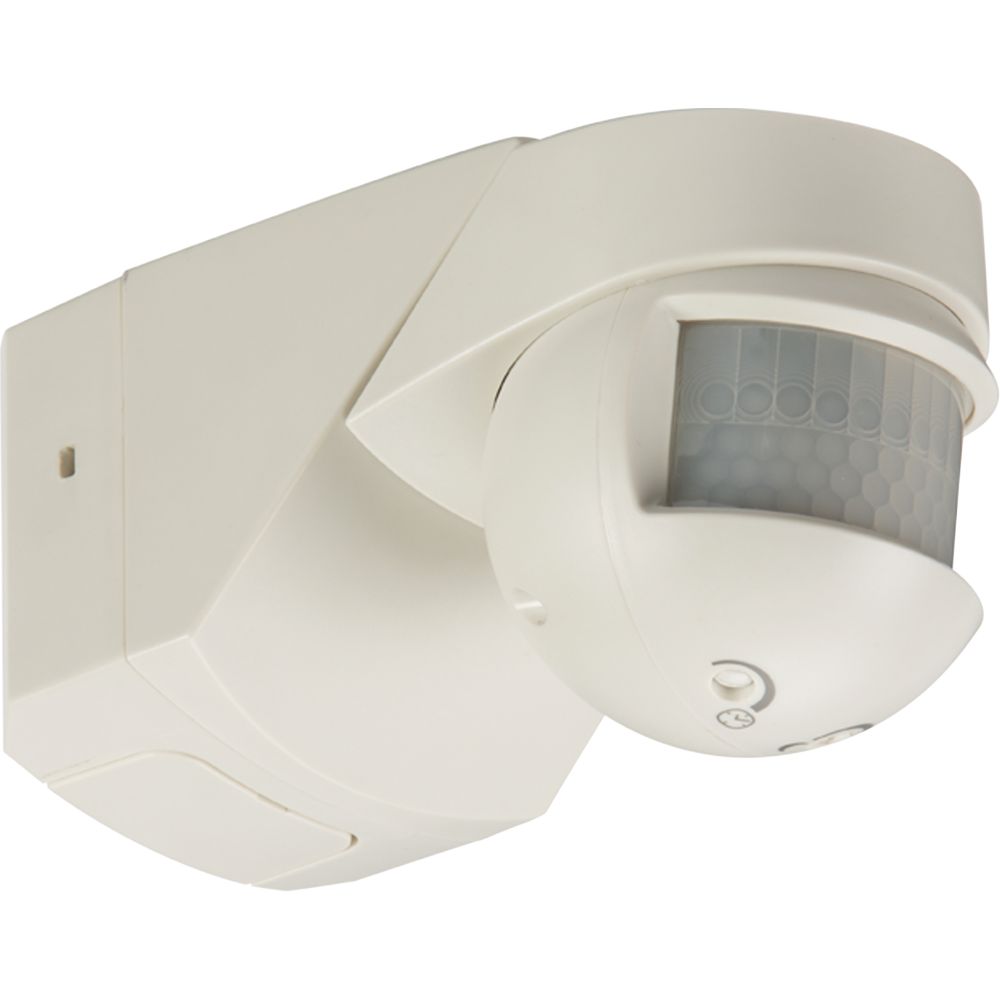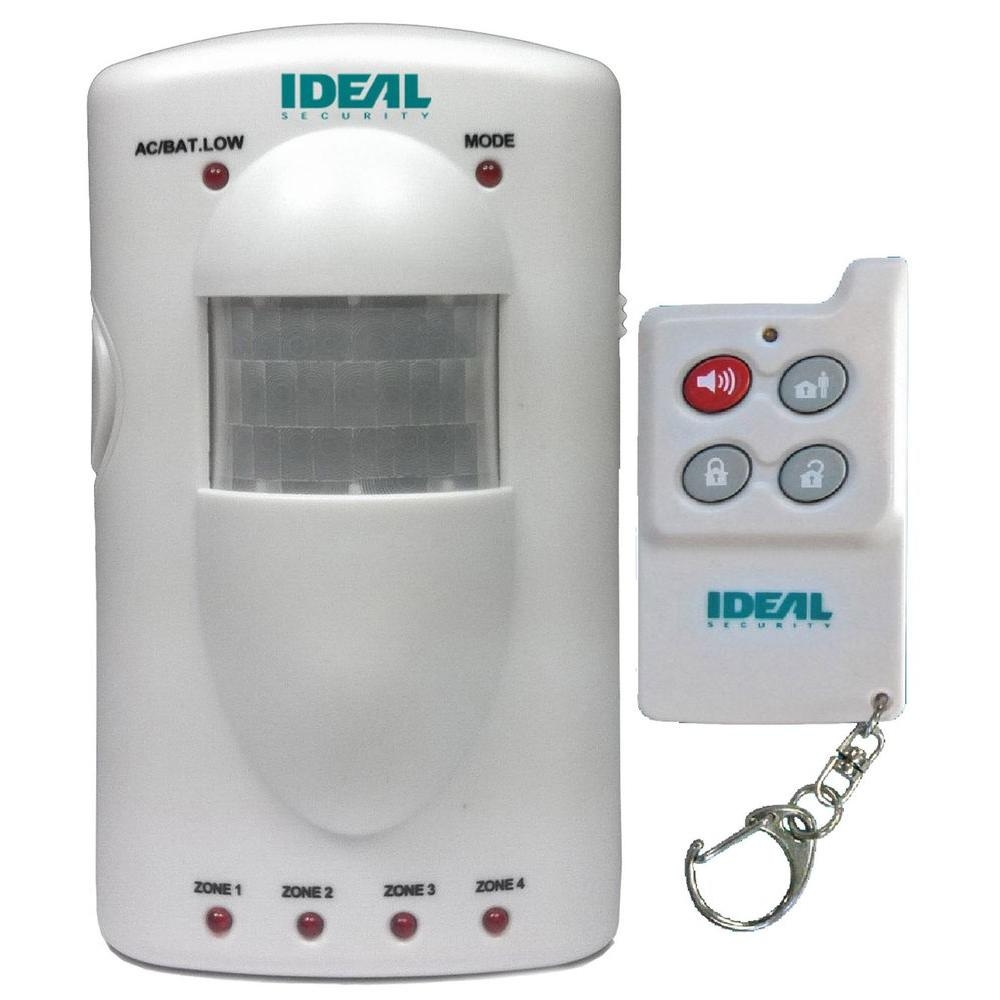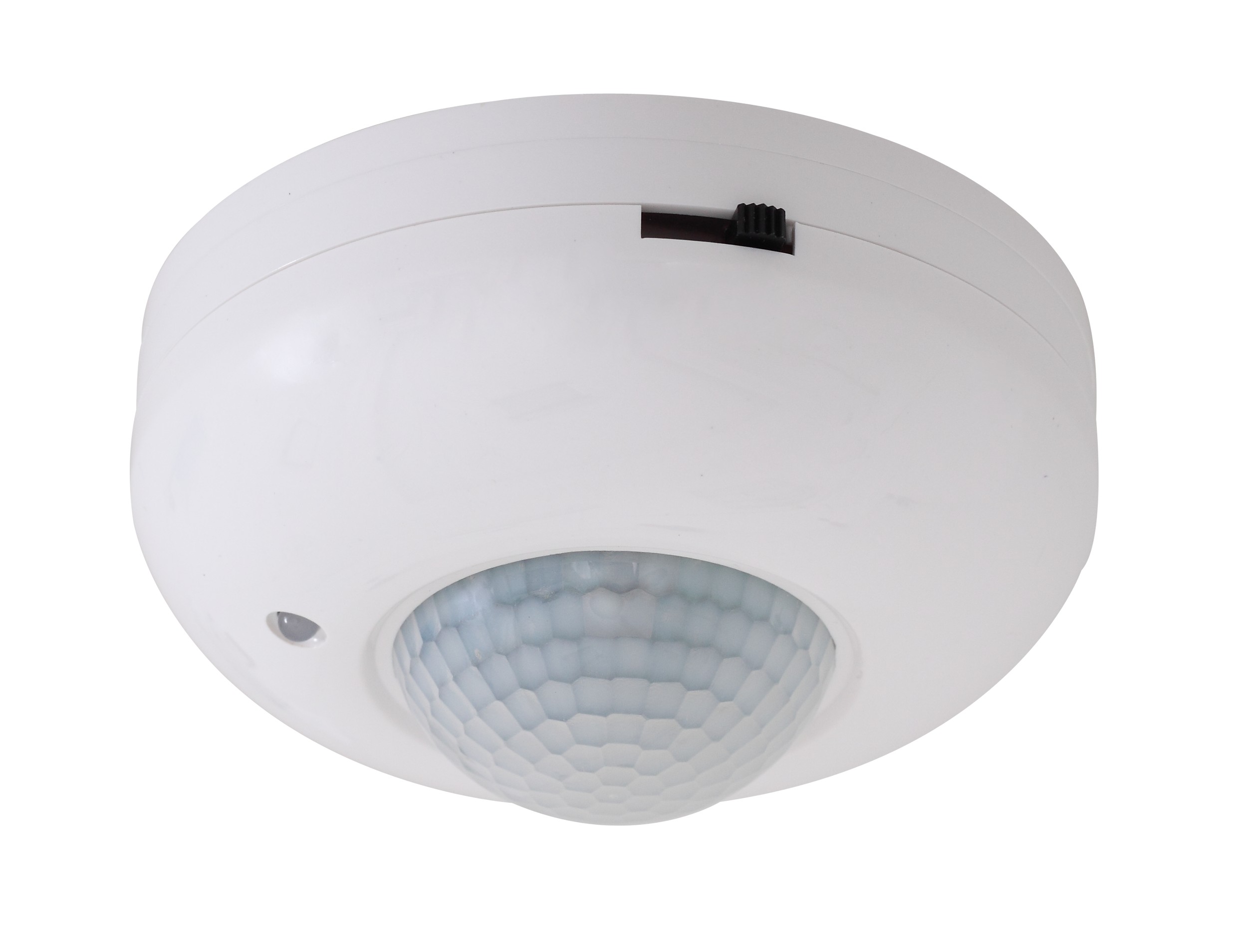

Has been slightly magnetized, and it is even affected by other things inside a device, though The Magnetometer interface is defined in specification.Īs said, magnetometers are very sensitive to outside influence, like anything on a table that In the direction of North, but not true North. Magnetometers are magnetic field sensors, which means that withoutĪny strong magnetic influence close by, it will sense the Earth’s magnetic field, which more or less points Most gyroscope sensors perform calibration by applying some sort of drift compensation in hardware for known low frequency caused by adjacent hardware on the device. With ω denoting the angular velocity and θ, the resulting angle. ∂t, so any error in the reported time difference will manifest itself like the drift above. So in order to do it well you need to do it quickly and as you see below, we multiply with the Meaning the gyroscope will drift over time. Of frequency will drop by a factor of a 100, but a very low frequency will be amplified,

As we see above, the integration gets aġ/f outside, meaning that high frequency (f) noise disappears with integration, i.e. In order to get rotation (angle) from a gyroscope, which senses angular velocity, you need toīut be aware that integration turns noise into drift. The Gyroscope interface is defined in specification. That they can easily be affected by other vibrations, like a vibration (rumble) motor or speaker Order to measure this and are thus one of the most power hungry motion sensors.

Gyroscopes oscillate at relative high frequency in Using an inertial force called the Coriolis effect. GyroscopeĪ gyroscope senses angular velocity, relative to itself, thus it measures its own rotation, So position from an accelerometer is very imprecise and not very useful. Notice, as accelerometers report acceleration, you need to integrate to get velocity:Īn integral creates drift, and a double integral amplifies that: Unfortunately, any high-pass filter or low-pass filter introduces a delay, which may or may not be A low-pass filter can thus be useful for measuring a Kinds of sensor fusion like creating a magnetic compass.įor acceleration, you usually care about the big changes and want to avoid noise, like the gravity, thus a high-pass filter can help isolate the linear acceleration and a low-passįilter can help isolate the gravity. In order to know the gravity vector (see Gravity Sensor), which can be useful for some (See Linear Acceleration Sensor) or the developer is interested in the isolated gravity,

The acceleration without the gravity, called gravity compensation Often for such use-cases the developer is interested in the linear acceleration which is g ≡ 9.8 m/s 2 as it is measuring the force of the tableĪccelerometers are less useful by themselves and often take part in other fusion sensors,īut they do have some purposes like registering shakes, steps and the like. When a device is laying flat on a table, the acceleration in upwards direction will be equal
Motion sensor free#
Is in free fall, the acceleration is 0 m/s 2 in the falling direction, and The Accelerometer sensor is an inertial-frame sensor, this means that when the device The Accelerometer interface is defined in specification. AccelerometerĪ raw accelerometer sensor measures changes in acceleration in 3 differentĭirections, but is affected by gravity. There are no specific security and privacy considerationsīeyond those described in the Generic Sensor API. These are commonly known as fusion sensors. Multiple new sensors can be created using the data from these above sensors The motion sensors extends the Generic Sensor API to exposeĪ class of low-level and fusion sensors. There are a handful of different motion sensors available in modern hardware such


 0 kommentar(er)
0 kommentar(er)
